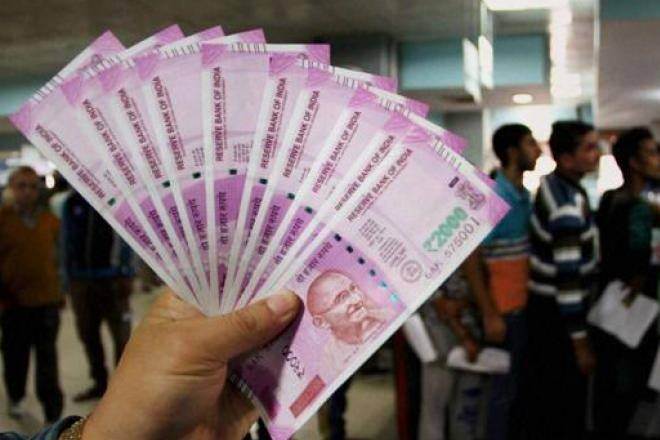In an indication of how risk-averse banks are, the yield on the 364-day T-bill auctioned on Wednesday came in at 5.1389%, below that of the repo rate of 5.15%. Bloomberg data show this last happened in April 2017 or more than over two and a half years ago.
A Balasubramanian, managing director and chief executive officer at Aditya Birla Sun Life AMC, said though banks are sitting on cash, they are opting to play it safe and invest in government securities rather than to industry. “Apart from expectations of a rate cut next week, banks are reluctant to lend,” Balasubramanian told FE.
State Bank of India’s one-year MCLR rate is 8% and the surplus SLR (statutory liquidity ratio) in the system — or the ratio of government securities that banks need to hold — is now over 5%. However, banks are preferring to buy G-secs.

The system is awash in liquidity with the surplus averaging close to Rs 2 lakh crore for several months now, dipping only slightly during the festive month of October. But banks are unwilling to take risks at a time when the economy is slowing. Loan growth dropped to a two-year low of 7.9% year-on-year in the fortnight to November 9.
Given that banks have dropped their deposit rates sharply — and by a bigger amount than they have lowered loan rates, their margins would not have been affected. Manish Wadhawan, fixed income and forex expert, said the market is anticipating a rate cut at the RBI review meet on December 5. “It expects the central bank’s stance to remain benign over a long period of time. The excess banking system liquidity will continue for at least the next six months apart from seasonal dips expected in December and March,” Wadhawan said.
Ananth Narayan, professor-finance at SPJIMR, points out that with banking liquidity in consistent large surplus since June 2019, short-term money market rates have naturally come down close to the effective overnight rate.“High surplus liquidity has also resulted in market repo rates falling below the RBI liquidity adjustment facility (LAF) repo rate of 5.15%. In addition, the repo is expected to be cut when the monetary policy committee (MPC) meets on December 5. All this has resulted in one-year (T-Bill rates) dropping by over 135 bps since May 2019, to below the current RBI LAF repo rate of 5.15%,” Narayan said.
Vijay Sharma, senior EVP, PNB Gilts, pointed out the next T-Bill auction is likely after the monetary policy announcement. “With expectations of a 25 bps rate cut and the subsequent drop in short-term rates, banks with excessive liquidity must have bid aggressively in the T-Bill auction to lock in their money at current rates,” he said.


